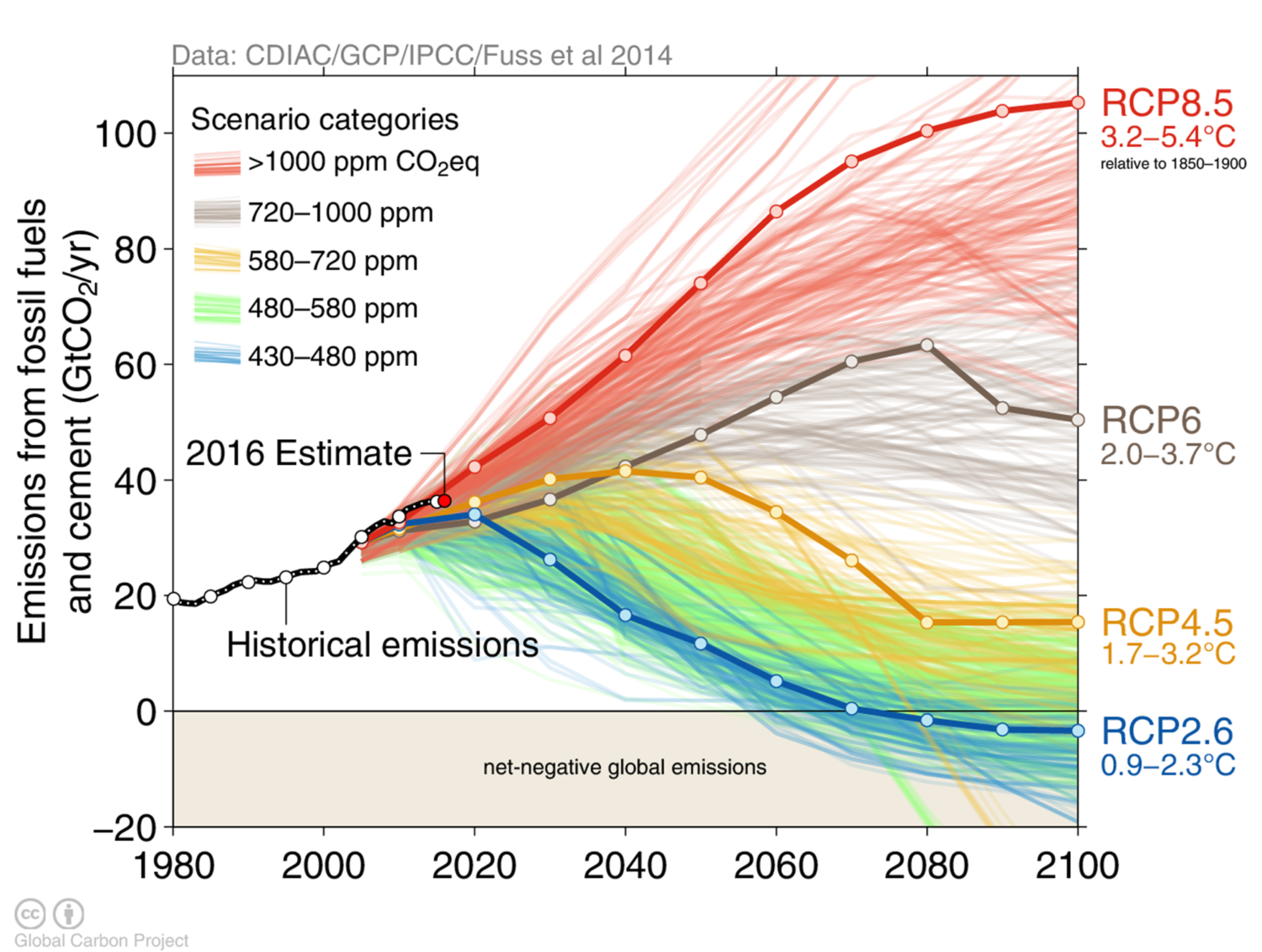"Biochar production today ranges from small scale at a few lb per day to 50 tons - 300 cubic yards - per day. New production is being planned for 70-140 tons per day."Uses range from retail gardens to landscaping, turf and trees, community gardens, municipal stormwater, small to medium farms with high value crops, environmental applications and building products.
“Biochar accounts for 50% of the carbon and 20% of the mass of the biomass you start with. The other 50% of the carbon is available as condensable liquids, and non-condensable gases. We have limited markets for the liquid products today. In today’s market you need to use renewable energy to justify production, which is a barrier to building industrial scale facilities.” Down The Rabbit Hole biochar Image courtesy of Carbonculture When I first contacted Jock Gill, he warned me that biochar is a very deep rabbit hole, and he was so right.
There is a common misconception that biochar is one thing. Perhaps the most important benefit of biochar is that it converts about 50% of the carbon in organic waste into a stable compound that stays locked in the soil.
According to Grist, the amount of biochar being produced in the United States today - about 100,000 metric tons - is tiny compared to the amount needed to sequester carbon in a globally significant way.
“Biochar started to be promoted as a single solution and a silver bullet, and it’s much more nuanced than that. A lot of people are trying to shift toward understanding that biochar is a class of products.” To learn more about biochar, the USDA website has a wealth of information Researchers at the U.S. Department of Agriculture are putting together a national database to help farmers choose from the many different types of biochar and connect them with local producers, and Congress is weighing legislation with bipartisan support - the Biochar Research Network Act - that would increase funding for similar research.

